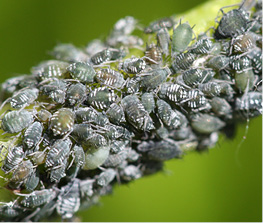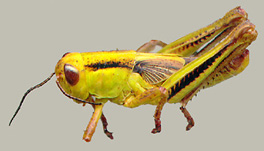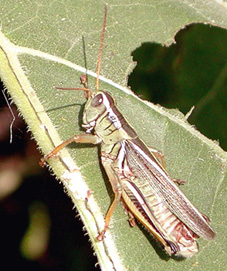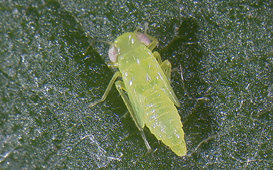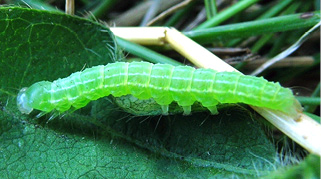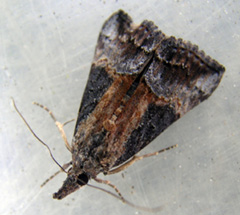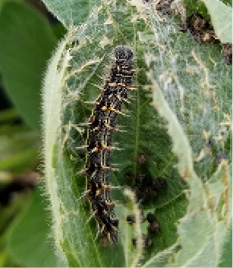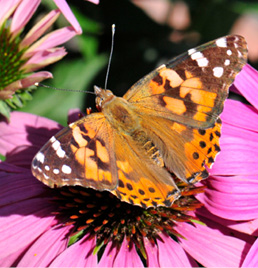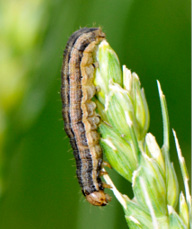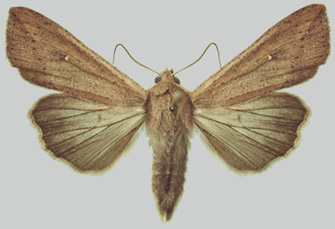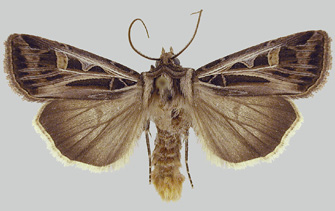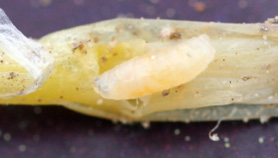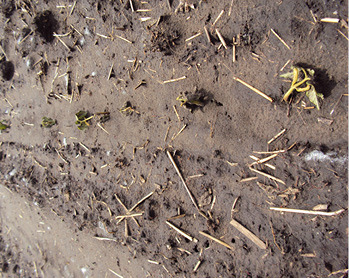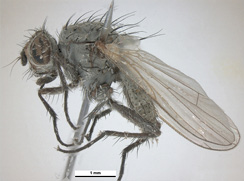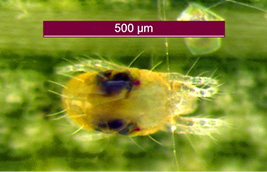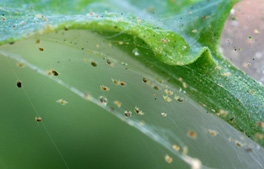Common Arthropod Pests of Dry Beans in North Dakota
(E2023, March 2025)This publication describes the common arthropod pests of dry bean in North Dakota. The following pests are included: aphids, grasshoppers, potato leafhoppers, foliage-feeding caterpillars (green cloverworm, painted lady butterfly), armyworms, cutworms, seed corn maggot and spider mites. The goal of this publication is to help pest managers with proper identification. A brief description and photograph of the immature and adult life stages is provided for each pest.
Contact your county NDSU Extension office to request a printed copy.
NDSU staff can order copies online (login required).
